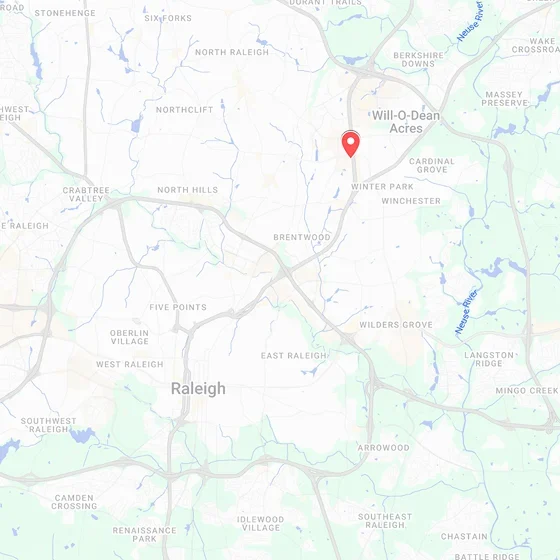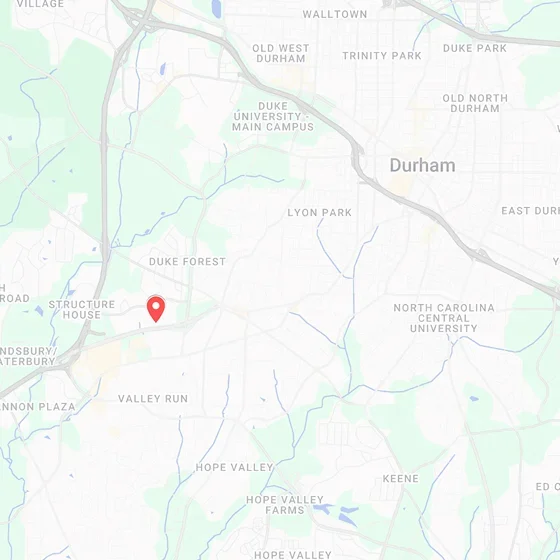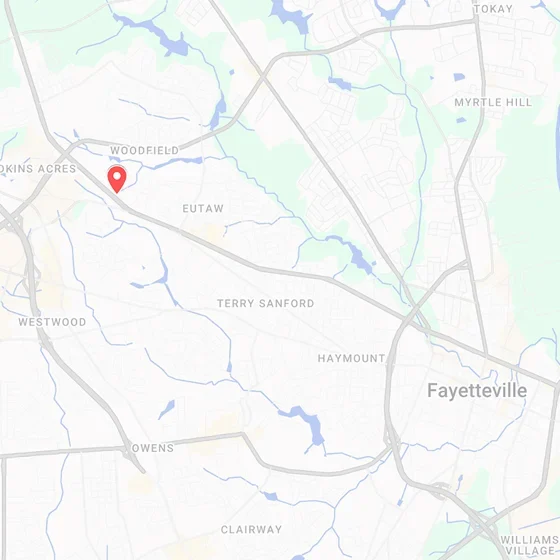Find the Right Species of Hardwood Flooring for Your Home
There is a wide range of hardwood flooring choices available. With so many species of hardwood made into flooring, it’s important to pick the right one for your space.
Find the Right Species of Hardwood Flooring for Your Home
There is a wide range of hardwood flooring choices available. With so many species of hardwood made into flooring, it’s important to pick the right one for your space.
What Species of Hardwood Flooring Is Right for Your Home?
A hardwood floor adds prestige and beauty to any space in the home. Hardwood is available in multiple species that vary based on color, thickness, and more – meaning that there are several variations of hardwood species that can be made into flooring. But with so many different choices, how can a homeowner find the right hardwood floor for their needs? Read on to find out how to select the right hardwood floor species for each home space.
Hardwood Species Galore
There is a wide range of hardwood species to choose from when selecting a wood floor. The most commonly found species of wood flooring include maple, walnut, hickory, and oak (including red and white). Other traditional species include mahogany, cherry, ash, teak, cedar, and birch. More uncommon species include cyprus, basswood, bubinga, cumaru, iroko, padauk, and purpleheart.
With so many different hardwood flooring options, rely on the team from USA Flooring to help you find the right wood floor for your home! Schedule an appointment today to speak with the USA Flooring experts.
What is the Difference?
You will definitely have your pick of choices when considering the right hardwood species for your wood floor. You may have a preference as far as the look they are trying to achieve, which can help steer you in the direction of what will ultimately be your new floor.
When it comes to color, several hardwood species are available in multiple shades ranging from light to dark hues. Homeowners looking for a light and bright color will likely gravitate towards white or red oak for some extra color flair. For those who prefer colors on the darker side, walnut may be their choice.
While the color of wood floors is essential, be aware that the darker the color, the harder it may be to show off the floor’s natural character and patterns. But with so many choices in hardwood – it’s not hard to find a species with the right color and character for your space!
It is also important to remember that hardwood species can differ based on where they are grown. For example, exotic species that are grown internationally will have a different visual look than those grown in America. Colors, textures, and graining can vary based on whether the floor is grown in a climate that is hotter and dryer. This may also impact pricing as well due to some species being more common than others, or being grown in a place that is easier to access for flooring.
Popular Hardwood Species Breakdown
- Oak is an incredibly popular hardwood species – while red oak is popular, white oak is one of the top chosen species of hardwood floors today. It is durable enough to handle foot traffic, but it also includes a beautiful visual that doesn’t go out of style. White oak floors have a light visual color which makes it easier to see the graining and character of the floor.
- Maple has clean, crisp visuals that are consistent from plank to plank. This is a good choice for those looking for a classic and cohesive wood visual. Plus it is a budget-friendly choice due to its commonality.
- Hickory is more rustic and a great choice for those that want to bring an earthy look into their space. While it can vary in color tones, hickory has a lot of character, knotting, and deep graining. Hickory is hard, dense, and strong – a hardwood species that will handle the needs of an active household.
- Walnut includes a rich, warm brown coloring. This species is softer than other popular hardwood species, so it is best to select walnut floors for a space that will not see a lot of foot traffic. But it can be a great choice for quiet rooms that can use a beautiful visual – maybe even a great choice to be installed on a wall!
Which Room Is Best?
Not only does engineered wood undergo changes before it is made into flooring, it can also be composed of different types of wood. Engineered wood is primarily made of wood fibers, wood scraps, and even sawdust.
Since the living room sees the most guests, hardwood is a great choice as it makes the most classic design statement. It adds warmth and makes the room feel more homey, which can even add both value to the property. (Consider pairing a hardwood floor with an area rug to contrast hard and soft surfaces.) The living room is unlikely to see water or moisture, making it ideal for authentic hardwood flooring. A wood floor is easy to maintain, so it can be cleaned quickly, meaning less time to wait before the family can return to the living room and enjoy a fun night together. Plus, wood floors are long-lasting and will not need to be changed or updated regularly.
Hardwood floors can also be a good choice for dining rooms, as they can handle dents from moving chairs and furniture. Another room where hardwood can shine is in a home office, as these spaces are not likely to see water damage or heavy foot traffic. Hardwood flooring will make a home office look classy, and it can handle the constant use of a wheelchair throughout the day.
Let the USA Flooring team take you through the entire process of purchasing a new hardwood floor with ease. Contact USA Flooring now and begin shopping for the floor of your dreams.
Conclusion
Hardwood comes in many different species, each appealing in its own way. But one thing each species has in common is that they are great choices when made into flooring! Varying wood species show off different attributes of hardwood flooring, whether unparalleled visuals and character or durable strength that can perform and deliver on the needs of your home. The choice is yours!
FAQs About Hardwood Species
What is the most popular species of wood flooring?
Currently, oak flooring (especially white oak) is a top choice among consumers.
What are some of the most traditional species of hardwood flooring available on the market today
Traditional species of hardwood that are commonly made into flooring include maple, walnut, hickory, white oak, red oak, mahogany, cherry, ash and teak. Other species that are more rarely made into flooring include cyprus, basswood, bubinga, and purpleheart.
Are hardwood species that are grown domestically different from exotic hardwood species?
Yes! Hardwood species can differ based on where they are grown. Where a hardwood species is grown could impact the look of the hardwood floor and alter its coloring. Textures and graining can vary if the floor is grown in a hotter and dryer climate. Also, exotic hardwood flooring species are likely to be more costly as they are rare.
What is the best room in the home to have a hardwood floor?
Hardwood flooring is an excellent choice for many spaces in the home. And there are many species of hardwood floors that would make a great addition to any space. For example, hickory is very strong and includes a naturalistic wood visual to bring an outdoorsy feeling into the home. This can be a good fit for a dining room space as it is visually stunning and high-performing. A walnut species of wood flooring would be a great choice for a home office space. Walnut floors are beautiful, but will not need to combat much foot traffic in a home office. Popular species such as oak or maple would fit right at home in any living room. The chic wood visuals can make any living room feel like a homey space where the family can gather and enjoy their time together. Not only can these species bring magnificent designs to the living room, but they are also durable enough for a space that can seat the whole family every night.











